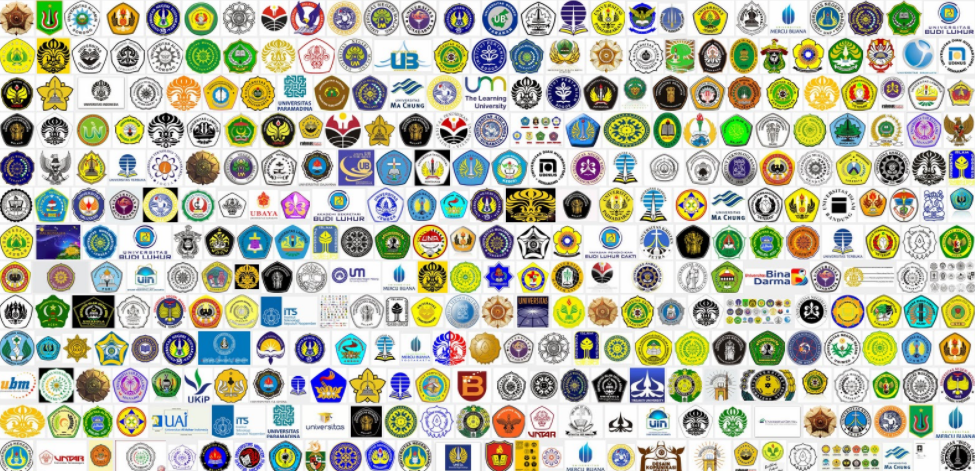Islamic Higher Education in Indonesia

The history of Islamic education in Indonesia has now passed through three prizes. First, the first period since the arrival of Islam marked by Islamic education concentrated in pesantren, dayah, surau or mosque. Secondly, the period when Islamic education has been entered into by ideas of renewed Islamic thought in the twentieth century. This period is marked by the birth of a madrasah that has included "general" lessons into its curriculum program. Third, the period of the birth of Islamic state universities and Islamic education has been integrated into the national education system. This shows that Islamic education is increasingly concerned about the dynamics of an independent Indonesia. The birth of this Islamic college which then gave birth to a number of extraordinary breakthrough, because this Islamic higher education institution gave birth to a number of modern Islamic scientists in the future.
The State Islamic Institute which now spreads almost throughout the archipelago is not a final institutional form in the institutional development of Islamic Higher Education in Indonesia. As recorded in history, the name of Islamic College in Indonesia continues to change as an effort to respond to the development of society and also as an object of attraction between various forces or groups in society.

The idea of establishing Islamic College has existed since the colonial period. During the Japanese occupation (July 8, 1945) was first established Islamic High School in Jakarta. This high school then turned into University Islam Indonesia (Islamic University of Indonesia) with several faculties, namely: Faculty of Religion, Faculty of Law, Faculty of Economics, and Faculty of Education, which was inaugurated on March 22, 1948.

The establishment of Universitiy Islam Solo (January 22, 1950) and the handover of the Faculty of Religion Islamic University of Yogyakarta to the government became the embryo of the birth of IAIN, which in turn some of them transformed into State Islamic University. On February 20, 1951 a merging of Universitiy Islam Solo and University Islam Indonesia became the Islamic University of Indonesia Yogyakarta. Year 1997 through Presidential Decree no. 11 of 1997, dated March 2, 1997 formally established STAIN as a form of independence faculty developed by IAIN in the area which also some of which turned into IAIN and some UIN.
UIN, IAIN, and STAIN as Islamic higher education institutions, have contributed to the development of education in Indonesia as part of the national education system. The development of Islamic studies developed in Islamic universities has also contributed greatly to the Indonesian nation's mecerdaskan.
Literature review :
-Direktotat Perguruan Tinggi Islam Departeme Agama RI, PERTA Jurnal
-Komunikasi Perguruan Tinggi Islam, Vol.IV No.01/2001
-Direktotat Perguruan Tinggi Islam Departeme Agama RI, PERTA Jurnal
-Komunikasi Perguruan Tinggi Islam, Vol.IV No.02/2001
-Haidar Putra Daulay, Sejarah Pertumbuhan dan Pembaruan Pendidikan Islam di
-Indonesia, Jakarta: Kencana Prenada Media Group, 2009
-Marwan Saridjo, Pendidikan Islam dari Masa Ke Masa: Tinjauan Kebijakan
-Publik Terhadap Pendidikan Islam di Indonesia. Jakarta: Yayasan
-Ngali Aksara dan Penamadani, 2010
-Program Pascasarjana STAIN Cirebon, Jurnal “OASIS” Vol.1 Nomor 2 Juli-Desember 2008.
-Syamsul Nizar, sejarah Pendidikan Islam: Menelusuri Jejak Sejarah Pendidikan
-Era rasulullah Sampai Indonesia. Jakarta : Kencana Prenada Media Group, 2009